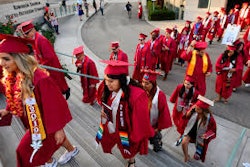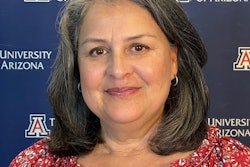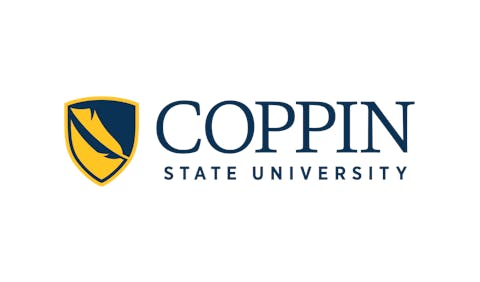JONESBORO, Ark.
Arkansas State University is participating in a history research project on the “braceros” guest-worker program that brought Mexican laborers to the United States to address a labor shortage, beginning in World War II.
“This was a time of significant economic and social transformation in eastern Arkansas,”’ says Brady Banta, associate director of the university’s heritage studies program. “`Documenting the bracero program provides an opportunity to explore these changes at a personal level.”
Researchers hope to do at least 25 interviews and collect archival materials on how the braceros contributed to life in the state. They want to collect period hand tools, clothing, photographs, identification cards, letters and other documents.
The work will become part of the Bracero History Archive, a project of the Center for History and New Media, George Mason University, the Smithsonian National Museum of American History, Brown University, and the Institute of Oral History at the University of Texas at El Paso.
Few, if any, former braceros still live in the Mississippi River Delta in Arkansas. ASU researchers hope to talk to former tenant farmers who hired the workers and to other laborers who worked alongside the Mexicans. They also plan to talk to merchants, business people, doctors, and others who provided services to them. Most of the interviews will be conducted in September.
In 1942, the United States and Mexico entered agreements to address the U.S. wartime labor shortage and allow Mexicans to work in the country legally as temporary, contracted labor, mostly in farming.
More than four million Mexican men entered the United States, initially in California and Texas. Eventually, the program reached the Mississippi River Delta. At its peak, the program provided a quarter of the cotton labor in the delta region in Arkansas. The number of braceros declined as mechanized cotton picking replaced workers in the 1960s.
ASU was chosen for the project partly because of its “Arkansas Delta in Transition” archive that includes oral histories related to the bracero program.
“These interviews sparked our interest in documenting the agricultural labor arrangements employed during the transition from sharecropping and tenant farming to the development of the mechanized and scientific agriculture that we see around us today,”’ Banta says.
For more information, log on to http://braceroarchive.org
According information on the website, it eventually will include sound files and interview transcripts from the project.
Click here to post and read comments
© Copyright 2005 by DiverseEducation.com















